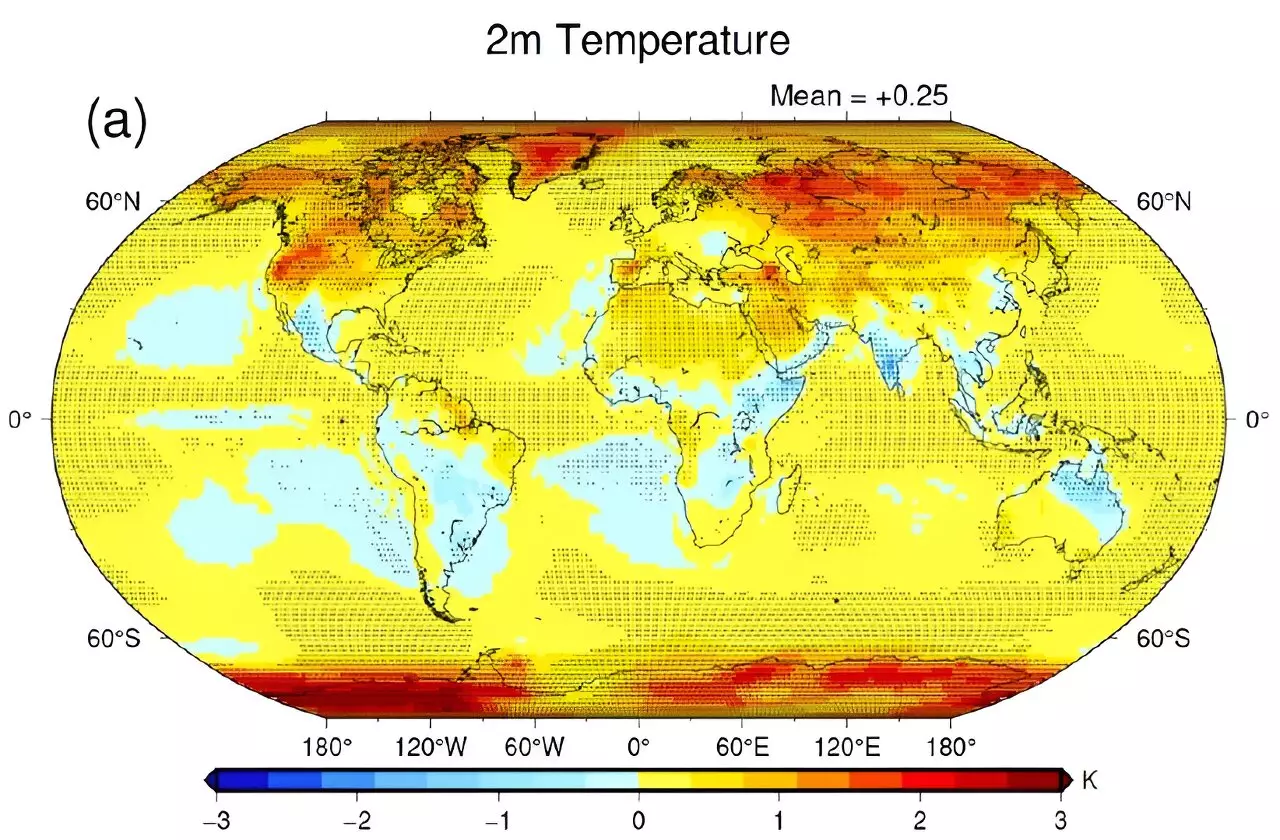Climate modeling is a complex process that involves the consideration of various factors to accurately predict future climate scenarios. One of the key metrics in climate modeling is radiative forcing, which measures the imbalance in energy in the Earth’s atmosphere due to external factors. While climate models like the general circulation models (GCMs) focus on the effects of different atmospheric components on radiative forcing, there are still uncertainties associated with some factors such as clouds and precipitation.
In conventional GCMs, precipitation is often treated diagnostically, meaning that the radiative effects of precipitation are excluded. However, a recent study led by Associate Professor Takuro Michibata from Okayama University explored the influence of precipitation on radiative forcing using different versions of the Japanese GCM, MIROC6. The study included models with diagnostic precipitation, prognostic precipitation without radiative effects, and prognostic precipitation with radiative effects to quantify the impact of precipitating particles on radiation budgets and hydrological cycles.
The study found that including the radiative effects of precipitation in climate models had a significant impact on both global and regional scales. The presence of precipitating particles in the atmosphere led to a reduction in net shortwave radiation, known as the “parasol effect,” and an increase in net longwave radiation, especially in the Arctic region. This resulted in a weakening of radiative cooling in the atmosphere, slowing down the hydrological cycle globally.
Surface warming was more pronounced in polar regions, with a noticeable increase in temperature during winter, compared to simulations without radiative effects of precipitation. The study highlighted the importance of considering these effects, especially in regions like the Arctic, where temperature variations can have far-reaching consequences on global climate patterns.
Including the radiative effects of precipitation in GCMs could lead to improvements in the accuracy of climate model predictions. The study suggests that by incorporating these effects, climate models can better capture temperature and precipitation changes, ultimately improving the overall performance of these models against observational data. This has implications for understanding the impact of climate change and extreme weather events on a global scale.
The study by Dr. Michibata sheds light on the importance of considering the radiative effects of precipitation in climate modeling. By quantifying the influence of precipitating particles on radiation budgets and hydrological cycles, the study provides valuable insights into how these factors can impact temperature and precipitation patterns globally. Moving forward, the inclusion of these effects in climate models could lead to more accurate predictions of future climate scenarios and better preparation for the challenges that lie ahead.


Leave a Reply